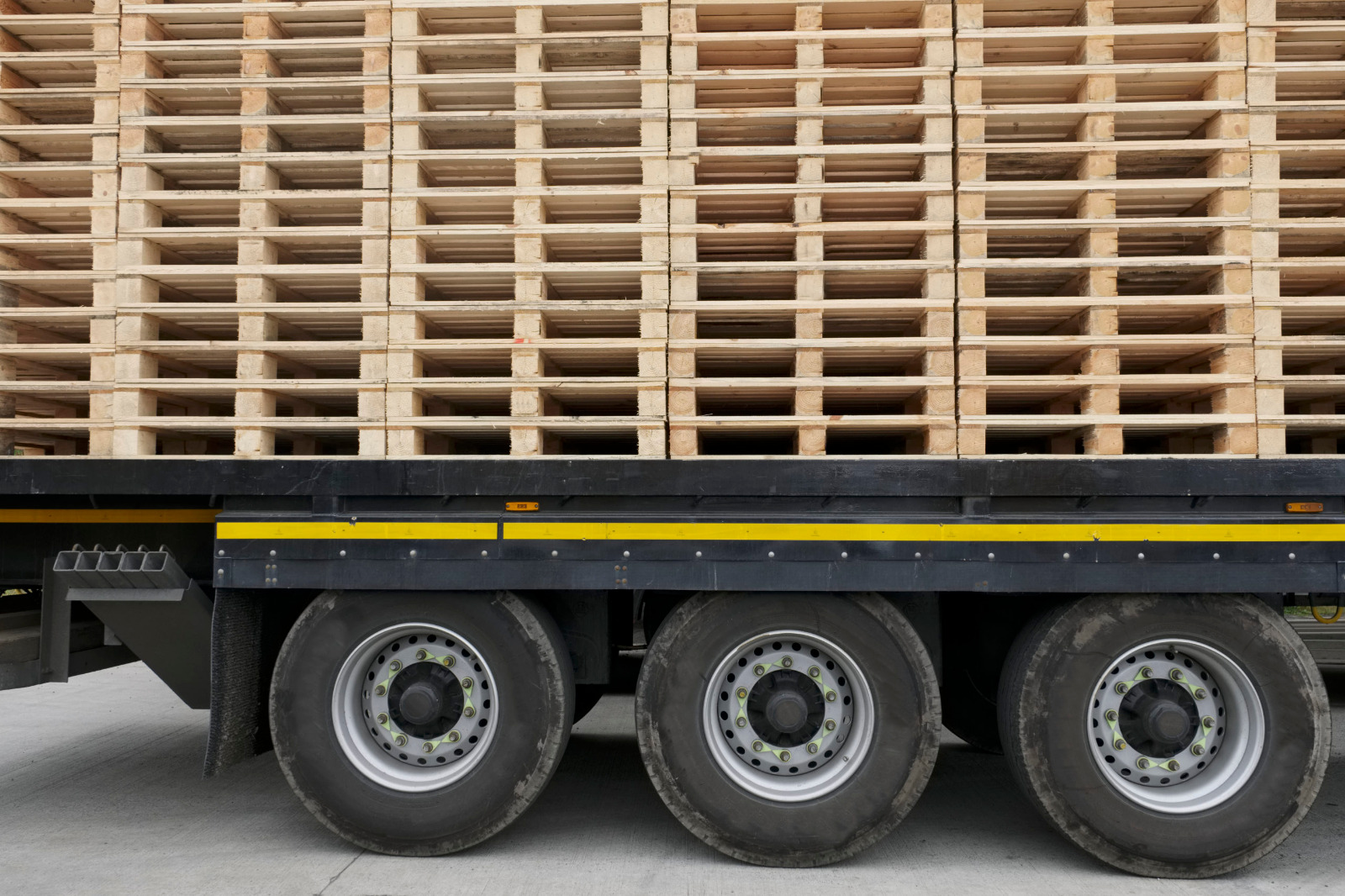In the world of logistics and supply chain management, wood pallets are indispensable. They serve as the backbone of efficient cargo handling, storage, and transportation. Whether you are a small business owner, a logistics manager, or a warehouse supervisor, understanding the intricacies of purchasing wood pallets can significantly impact your operations. This comprehensive guide aims to provide you with all the necessary information to make informed decisions when buying wood pallets.
Understanding Wood Pallets
Wood pallets are flat transport structures that support goods in a stable manner while being lifted by a forklift, pallet jack, front loader, or other jacking devices. They are typically made from hardwood or softwood and come in various sizes, types, and grades. The most common sizes in the United States are the GMA ( Grocery Manufacturers Association) pallet, which measures 48 inches by 40 inches, and the EUR (European) pallet, which measures 1200 mm by 800 mm.

Types of Wood Pallets
Stringer Pallets
- Description: These pallets have three or more parallel pieces of wood (stringers) that run the length of the pallet, with boards (deck boards) nailed or screwed to the top and bottom.
- Advantages: Cost-effective, lightweight, and easy to repair.
- Disadvantages: Limited access for forklifts, which can only enter from two sides.
Block Pallets
- Description: These pallets have blocks of wood or plastic at each corner and in the middle, providing better stability and easier access for forklifts.
- Advantages: Stronger and more durable, with full access from all four sides.
- Disadvantages: More expensive and heavier than stringer pallets.
Reversible Pallets
- Description: These pallets have identical top and bottom surfaces, allowing them to be used on either side.
- Advantages: Increased versatility and longer lifespan.
- Disadvantages: Slightly more expensive and heavier than non-reversible pallets.
Single-Face Pallets
- Description: These pallets have a deck on only one side, making them lighter and less expensive.
- Advantages: Cost-effective and suitable for lightweight goods.
- Disadvantages: Less stable and not suitable for heavy loads.
Factors to Consider When Purchasing Wood Pallets
Load Capacity
- Consideration: Ensure the pallets can safely support the weight of your goods. Check the static and dynamic load capacities.
- Tip: For heavy loads, opt for block pallets or reinforced stringer pallets.
Size and Compatibility
- Consideration: Choose pallets that fit your warehouse and transportation equipment. Standard sizes are often the most practical.
- Tip: Measure your storage and loading areas to determine the best size.
Material Quality
- Consideration: High-quality wood ensures durability and longevity. Look for pallets made from kiln-dried wood to prevent warping and splitting.
- Tip: Inspect pallets for any signs of damage or wear before purchase.
Certifications and Treatments
- Consideration: Some industries require pallets to be certified and treated to meet specific standards, such as ISPM 15 (International Standards for Phytosanitary Measures).
- Tip: Verify that the pallets meet the required certifications for your industry.
Cost and Budget
- Consideration: Balance the cost of the pallets with their durability and performance. Cheaper options may save money upfront but could lead to higher replacement costs.
- Tip: Consider the total cost of ownership, including maintenance and repair expenses.
Environmental Impact
- Consideration: Choose sustainable and eco-friendly options, such as recycled or sustainably sourced wood.
- Tip: Look for suppliers who offer recycling programs or use renewable materials.
Where to Purchase Wood Pallets
Local Suppliers
- Advantages: Often provide better customer service and faster delivery.
- Disadvantages: Limited selection and higher prices.
National Distributors
- Advantages: Wider range of options and competitive pricing.
- Disadvantages: Longer delivery times and less personalized service.
Online Retailers
- Advantages: Convenient and often offer bulk discounts.
- Disadvantages: Quality can vary, and shipping costs can be high.
Pallet Recycling Companies

- Advantages: Cost-effective and environmentally friendly.
- Disadvantages: May require more frequent replacements due to wear and tear.
FAQs
Q: What is the difference between hardwood and softwood pallets?
- A: Hardwood pallets are generally stronger and more durable but are heavier and more expensive. Softwood pallets are lighter and more cost-effective but may not be as strong.
Q: Are used pallets a good option?
- A: Used pallets can be a cost-effective solution, but they may have wear and tear issues. Inspect them carefully and consider the specific needs of your operation.
Q: What is ISPM 15, and why is it important?
- A: ISPM 15 is an international standard for wood packaging material to prevent the spread of pests. It is crucial for international shipping to ensure compliance with regulations.
Q: How can I ensure the quality of the wood pallets I purchase Wood pallets?
- A: Inspect pallets for signs of damage, warping, or splitting. Choose reputable suppliers who offer warranties and guarantees.
Q: Can wood pallets be recycled?
- A: Yes, wood pallets can be recycled. Many suppliers offer recycling programs, and local recycling centers may accept them.
Purchasing wood pallets is a critical decision that can impact the efficiency and cost-effectiveness of your operations. By considering factors such as load capacity, size, material quality, certifications, and environmental impact, you can make an informed choice that meets your specific needs. Whether you opt for new, used, or recycled pallets, ensuring they are of high quality and suitable for your application is essential. With the right knowledge and resources, you can streamline your logistics and supply chain processes, leading to improved performance and customer satisfaction.
By following this guide, you can navigate the complexities of purchasing wood pallets with confidence, ensuring that your business runs smoothly and efficiently.









